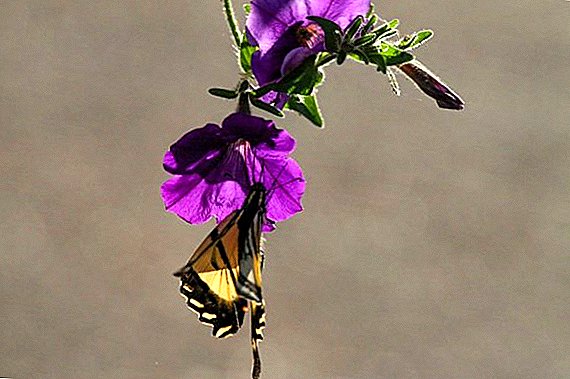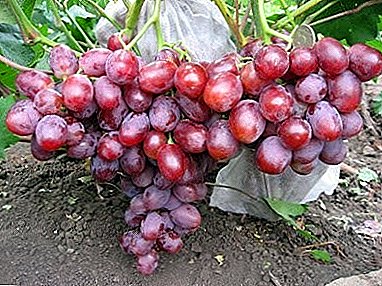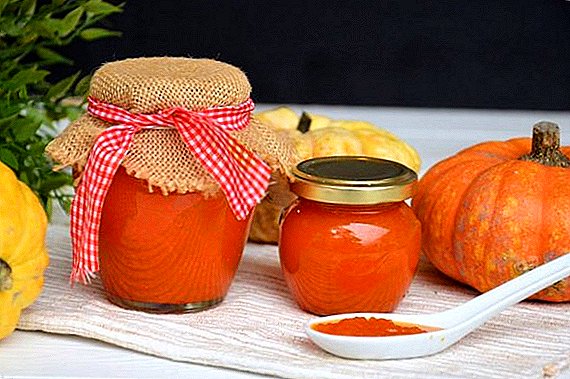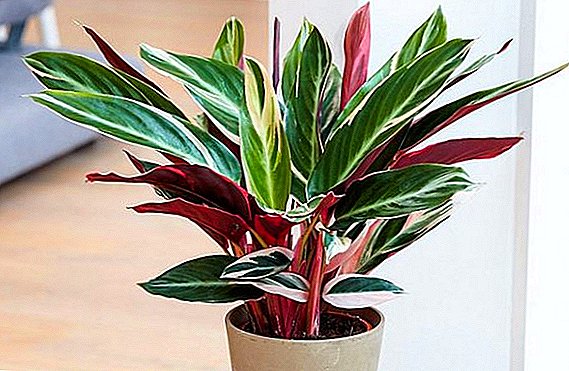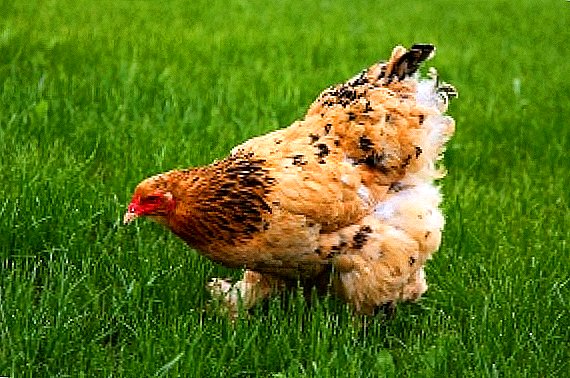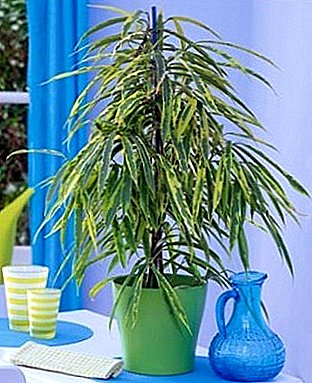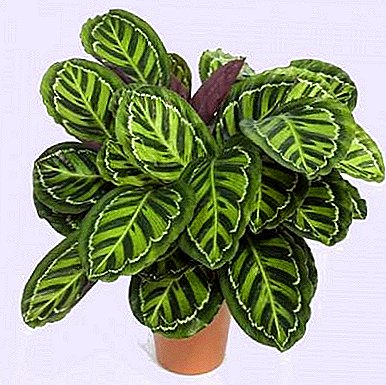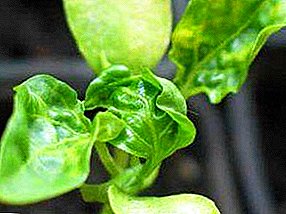
Yesterday the seedlings pleased the eye, and today it hurts to look at it.
You can accept the fact that this season you will be left without a harvest, but you can begin to diagnose and treat.
And so consider this problem carefully.
Symptoms
Gardeners who grow peppers sometimes notice that the leaves of seedlings turn yellow, deform, twist along the midrib. Gradually, the leaf blade rolls up into a tube, the pepper begins to dry, the plant dies.
The causes of this non-infectious disease are different, but if you catch up on time, take action, then the seedlings can be saved.
Next you will see a photo of the twisted leaves of pepper seedlings:





The reasons
Twisting can occur due to several factors:
- Uneven growth. The median vein is ahead of the rest of the leaf plate. Sheet becomes "corrugated", folded with a boat. Alarm is not worth it. The leaves of seedlings will level themselves as they grow.
- Lack of essential trace elementsmost often potassium, phosphorus. The lack of phosphorus is manifested in a change in the color of the leaves of the seedling, the stem. The leaves curl, first turn blue, and then acquire a black and purple color.
- Violation of agricultural technology. Temperature, water, light modes are not observed.
- Aphid spider mite. When infected with aphids on the leaves appear red spots. The offspring of aphids tolerate freezing temperatures. It is activated and multiplies in the spring. The tick entangles the plant with a web. The larvae damage the root system. Due to a lack of nutrition, the foliage turns yellow, fades, and falls. The seedlings weaken, the stem breaks off the ground, the pepper perishes.
- Viral disease peak rot.
Are fighting
 With a lack of potassium, seedlings need to feed.
With a lack of potassium, seedlings need to feed.
- Sprinkle with wood ash. Half a cup of wood ash to pour on the moist soil around each plant.
- Pour each pepper 0.5 liters of potassium sulfur solution. On 5 liters of water 1 tbsp. potassium sulfur.
When symptoms of phosphorus deficiency occur, make nutritional supplements in the form of an aqueous solution. To a liter of water, 0.8 g of ammophos or 2.8 g of nitrate.
Pest control starts with prevention. Success in the fight against aphids and spider mites lies in the proper preparation of soil mixture for seedlings.
- The soil needs to be processed 2-3 times light pink solution of potassium permanganate (potassium permanganate).
- From tick spend treatment of seedlings of bleach. 10 liters of water 200 gram.
- Ignite the soil.
- Steam the soil.
- Scald with boiling water.
In the fight against ticks and aphids, popular folk remedies are widely used.
- Spray pepper onion infusion: a handful of onion peel pour a liter of boiling water. Day insist. Every 5 days during the month, spray the resulting solution with seedlings.
- Experienced growers are recommended to control seedling pests. decoctions of wormwood, tomato or potato tops. The tops are dried in the fall. Wormwood can be purchased at the pharmacy, or prepare in the summer in any wasteland.
- A glass of grated, or skipped in a meat grinder, garlic and dandelion mix, add 1 tbsp of honey, dissolve in a bucket of water. After 3 hours, make the necessary manipulations with the seedlings.
- Use liquid soap solution with yarrow.
- Spray decoction of tansy, wormwood, yarrow.
Proponents of advanced methods can treat seedlings with insecticidal drugs like Bi-58, Aktara.
Attention: If all feeding was done, no larvae or insects were found, then agrotechnical equipment was broken. It is necessary to adjust the frequency, irrigation time, temperature used for irrigation of water and ambient air. Arrange additional lighting.
To get rid of top rot you should:
- for prophylaxis, barbate seeds for about 20 hours before planting, then dry (for more information on seed preparation before planting pepper for seedlings);
- increase the intensity of watering;
- spray with saltpeter solution (200g per bucket of water);
- feed the roots of calcium nitrate or calcium chloride, which can be purchased at the pharmacy. One ampoule is diluted in 30 parts of water. Repeat in a week;
- control the nitrogen content in the applied complex fertilizers;
- to put ashes with ashes, gypsum, hydrated lime;
- process the seedling leaves with serum;
- add to the soil a mixture of tobacco dust, slaked lime, wood ash;
- loosen the soil, mulch.
Sick seedlings can be cured. The main thing is to notice changes in time and take effective measures. But it is better not to take it to the extreme, but to take preventive measures in advance.
Useful materials
Read other articles on pepper seedlings:
- Proper cultivation of seeds and whether to soak them before sowing?
- How to grow black pepper peas, chili, bitter or sweet at home?
- What are growth promoters and how to use them?
- The main reasons why seedlings fall or stretch, and why shoots die?
- Terms of planting in the regions of Russia and especially the cultivation in the Urals, in Siberia and the Moscow region.
- Learn yeast based fertilizer recipes.
- Learn the rules of planting Bulgarian and hot peppers, as well as dive sweet?


